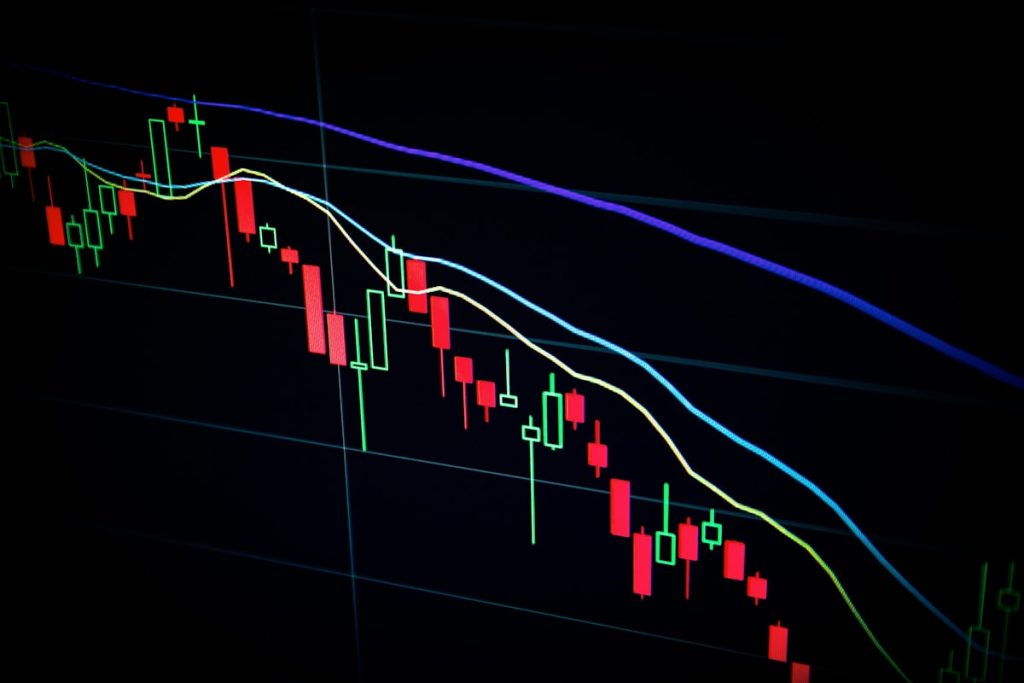Stocks Rise After Trump’s Sweeping New Tariffs Take Effect
In a market move that surprised many analysts, U.S. equity indices posted solid gains on Tuesday as President Donald Trump’s latest tariff package went into force. The sweeping set of duties, aimed at curbing imports from a broad range of countries, was expected to tighten profit margins for multinational manufacturers and disrupt global supply chains. Yet, the immediate reaction on Wall Street was a rally, driven by a mix of sector‑specific dynamics, investor optimism about domestic producers, and a recalibration of risk premiums in the face of heightened trade uncertainty.
Key Drivers Behind the Rally
- Domestic manufacturers: Companies that produce goods within the United States, from steelmakers to consumer electronics assemblers, saw their shares jump as the tariffs promise a protective price floor.
- Energy and commodities: Higher tariffs often translate into a stronger dollar, which can pressure commodity prices, but the market’s focus on “buy‑American” policies lifted energy stocks that stand to benefit from reduced foreign competition.
- Currency effects: The dollar strengthened against most major currencies, prompting foreign investors to re‑allocate capital into dollar‑denominated assets, adding further buoyancy to the equity market.
Investors also highlighted the “tariff‑linked” stimulus narrative: by shielding certain industries from cheap imports, the administration hopes to spur a resurgence in U.S. manufacturing, potentially leading to higher employment and increased consumer spending. While the long‑term outlook remains clouded by the possibility of retaliatory measures from trade partners, the short‑term market sentiment appears to be anchored in the prospect of a more insulated domestic economy.
Sector Performance: Winners and Losers
Not all stocks shared the same fate. The defensive sector, particularly utilities and consumer staples, lagged behind as investors gravitated toward higher‑growth, tariff‑benefiting segments. Conversely, the industrial and materials sectors outperformed, with the U.S. Steel Index climbing over 4% and the construction‑materials index posting a 3.5% gain. Technology firms with significant overseas supply chains, such as Apple and Intel, faced downward pressure, reflecting concerns over increased component costs and potential supply disruptions.
What the Future May Hold
While the immediate market response was positive, analysts caution that the sustainability of the rally hinges on several variables:
- Potential retaliation from the European Union, China, and other affected nations, which could trigger a trade war and erode profit margins across multiple industries.
- The speed at which domestic manufacturers can scale up production to meet the shortfall left by reduced imports.
- Inflationary pressures that may arise from higher input costs, potentially prompting the Federal Reserve to adjust monetary policy sooner than anticipated.
In sum, the post‑tariff market surge underscores a complex interplay between protectionist policy and investor expectations. As the new duties settle into the economic fabric, the equity landscape will likely continue to oscillate between optimism for “America‑first” growth and caution over the broader ramifications of a more fragmented global trade environment.



